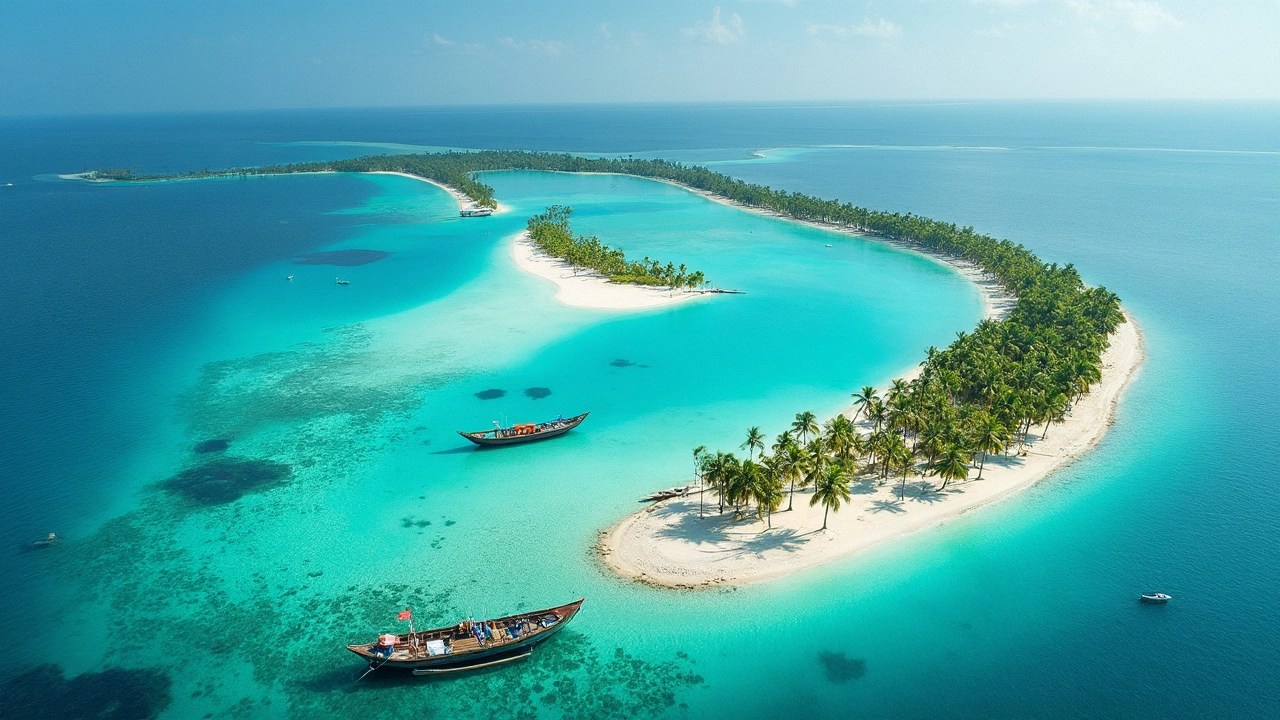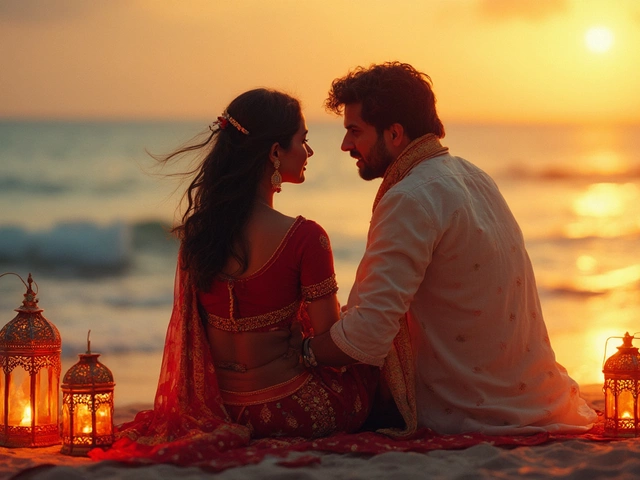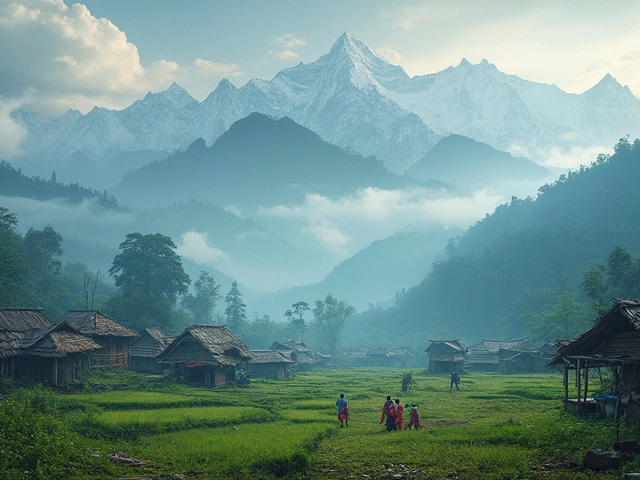White sand, turquoise water, and a flavor of India you’d never expect—bet you didn’t realize a tropical vacation is just a short flight off the Indian mainland. Most travelers get swept up by stories of Goa or the Andamans, but if you’re chasing that untouched, off-the-grid vibe, Lakshadweep is the name that pops up. With its string of thirty-six islands sparkling in the warm Arabian Sea, this place is still the secret postcard fantasy for most of the country. It’s more than just a cluster of beaches; it’s where coral atolls and local coconut groves spill over with their own version of paradise. Ready to see why people call it 'India’s Maldives?'
Where Exactly is Lakshadweep and Why Is It a Unique Getaway?
Lakshadweep sits about 400 kilometers off India’s southwestern coastline. To be honest, a lot of folks in India couldn’t point to it on a map—they’re usually stunned at how far out in the Arabian Sea it floats. If you’re familiar with Kerala, imagine flying from Kochi for under an hour, and you pretty much land on an island where scooters outnumber cars, and sunsets look like watercolors. This place is actually the smallest Union Territory in India, and 97% of its land is just sand, salt, palm, and people living in a world apart. Translated from Sanskrit, ‘Lakshadweep’ means ‘a hundred thousand islands’—though only about ten are actually open to tourists, thanks to a heavy dose of conservation.
This isn’t a luxury chain resort kind of place. Except for Agatti, Bangaram, Kavaratti, Kalpeni, and a few others, most islands here are kept pristine and under strict watch to protect their biodiversity. Local culture swings between Muslim traditions and South Indian flavors, but you’ll notice everyone is refreshingly relaxed and proud of their home. Here, the day’s highlight could be the catch of the morning market or watching green turtles nesting on empty beaches. Lakshadweep only got Wi-Fi and real tourism ambitions in the last decade, so if you’re looking for rave parties, skip it. But if you love snorkeling over living reefs or just kayaking with zero crowds, odds are you’ll end up looking at real estate listings on Agatti before you leave—don’t worry, everyone does.
Speaking of coral, Lakshadweep’s atolls are the only one of their kind in India and some of the best on the planet. Picture this: thirty-two square kilometers of reefs, lagoons, and sandbanks creating perfect underwater wonderlands. More than 600 species of marine fish, wild dolphins, and tiny lanternfish zip through the sea. The Indian government regulates who can visit, so you’ll need a permit (which the local tour operators help you get). It’s part of the charm—the feeling that you and nature are sharing a secret. And when you’re finished with the ocean, wander inland and meet the islanders. They’ll serve you fresh tuna, coconut water that actually tastes sweet, and stories of storms they’ve seen. It’s India, but definitely not as you know it.
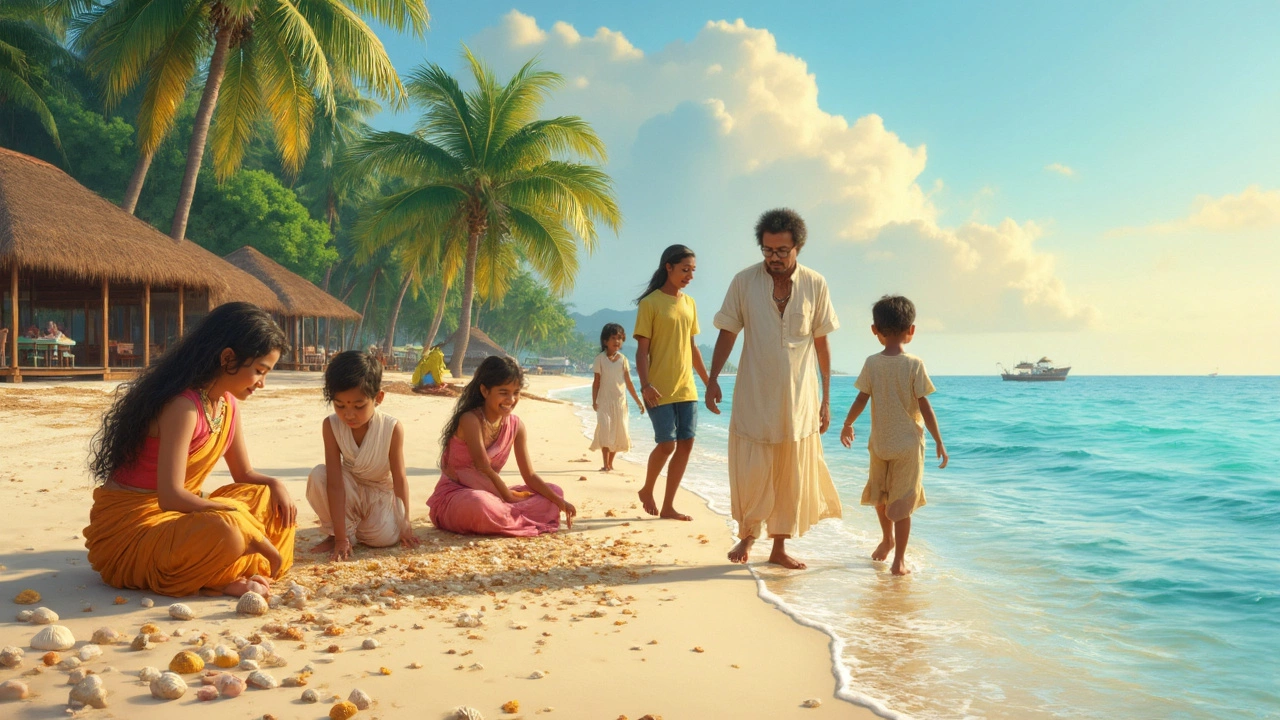
What to See and Do: Top Islands, Activities, and the Real Lakshadweep Experience
First, the islands are not cookie-cutter. Each has its own personality. Agatti is your main gateway, not just because it’s got the only airstrip for passenger planes, but because its lagoon is dotted with color-changing fish. This is the spot to try glass-bottom boat rides or hop onto a modest houseboat. A little north, there’s Bangaram—famous for its swaying palms, super soft sands, and that elusive barefoot luxury vibe. Until a few years ago, the only way to stay on the island was in a basic eco-cottage or bring your own tent. Now, a few more accommodations have arrived, but it’s nothing like the big city resorts that dominate Goa or Bali. Don’t expect a mini-bar or infinity pool—expect to wake up with the sun and eat what the local fishermen caught that morning.
Kavaratti, meanwhile, is the cultural and administrative hotspot. This is where you’ll catch sight of historic mosques and get a taste for the spicy local thalis (think fluffy rice, fried fish, coconut curries). Kavaratti’s lagoon is a poster child for snorkelers, especially beginners; clear shallows let you spot parrotfish, clownfish, and even the occasional baby reef shark without needing a guide. If you’re a certified diver, Bangaram’s blue hole or Kadmat’s drop-off is where you’ll want to spend hours underwater, floating above living coral gardens. Turtles, manta rays, and ghostly schools of jackfish are no rare sight.
Kalpeni island is a bit of a wild card: it’s all about kayaking, stand-up paddling, and windsurfing. It was here that I first tried kayaking in crystalline waters. The coconut palms seemed to wave hello, and beside me, flying fish literally leaped above the waves. People here are quietly proud that their atoll suffers less from coral bleaching because the community is actively involved in protection. If you’re here for people-watching, the Kalpeni locals are happy to chat—in a mix of Malayalam, English, and Hindi.
Ever tried tuna pickle? It’s a must on any Lakshadweep trip. You’ll spot it at every market, along with spicy local snacks like samosas stuffed with fresh seafood. The cuisine is heavy on coconut, chillis, and the daily catch. Don’t forget to try 'maasu podichath'—dried tuna shredded with spices—or ‘kavaab’ (not a typo, it’s a local fried fish ball). Everything tastes a little different when the air is so salty and fresh.
For anyone who likes to get nerdy about nature, these islands are a goldmine. The Pitti Bird Sanctuary is one of the main breeding sites for sea birds like sooty terns and noddies. If you’re keen to see something wild, plan a visit between May and September when the whole rock island is a racket of bird calls and flapping wings. And who doesn’t want to see dolphins playing tag in the surf? The boatmen know exactly where to find them, especially around Bangaram.
Mobile signal can drop unexpectedly, which is a blessing if you want to tune out of the world. One real insider tip: bring enough cash. While cards are accepted in Agatti and Kavaratti, the rest of the islands rely on old-school notes. Most islands have a power cut or two each day; nothing disastrous, but keep your devices charged if you want that sunset snap.
Tourism isn’t year-round here. November to April is the safe bet for sun and calm seas, with festivals like Eid celebrated with island feasts and folk dances. May to September gets stormy—sometimes the sea planes can’t land, and the only visitors are researchers or government workers. But arrive at the right moment, and you’ll feel you’ve claimed your private slice of the Indian Ocean. Tourists who make the trip always talk about how Lakshadweep got under their skin in the best possible way.
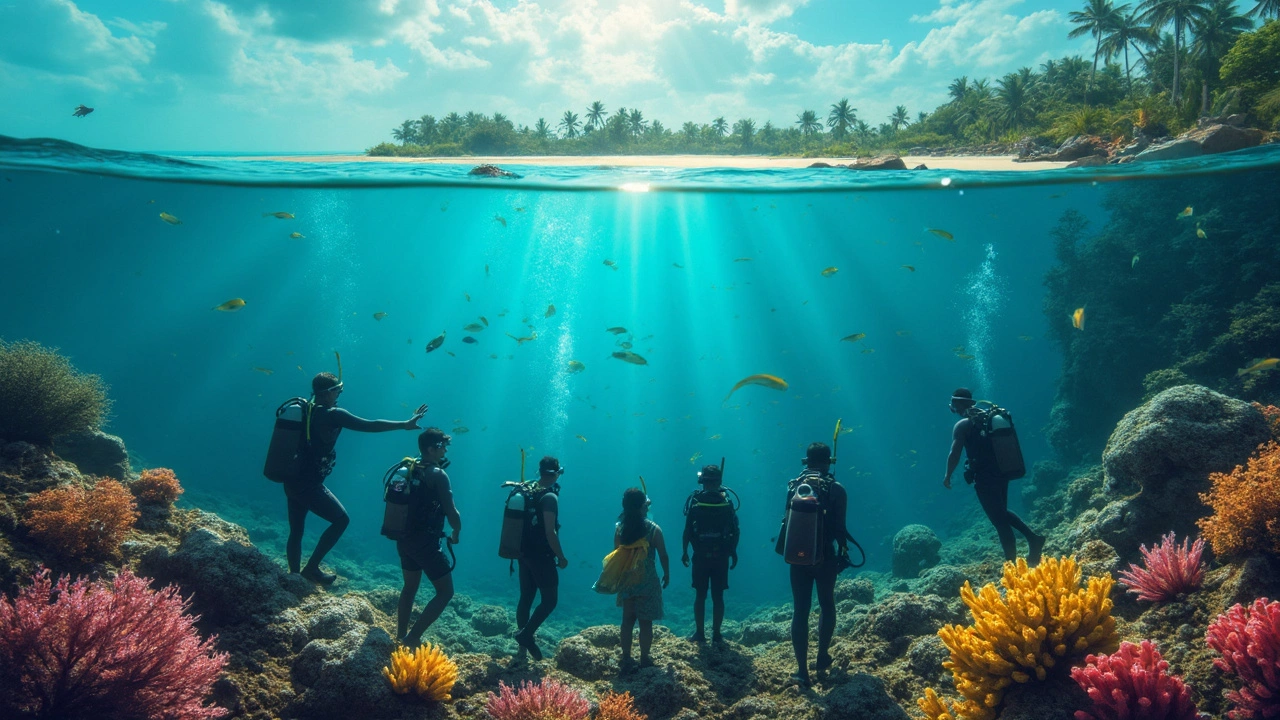
Travel Planning Tips: Permits, Best Times, and What to Pack for Paradise
So, you’re set on Lakshadweep. Don’t just hop on a plane and turn up with a backpack, though—it’s a bit trickier than most regular tourist destinations. First up, every non-native visitor needs a permit. Good news: if you book through an authorized government agency or trusted eco-tour operator, they sort it for you as part of your trip. Indian citizens get a slightly different pass than foreigners. Paperwork takes a week or more, so don’t leave it last minute.
Flights are limited, mostly connecting through Kochi (Cochin), Kerala. There’s only one or two flights a day, and sometimes they’re canceled due to weather. There are also government-run ships, but they take anywhere from 14 to 20 hours, and tickets need to be booked months in advance, especially if you want the luxury of a cabin. You don’t have to speak Malayalam—almost everyone working in tourism speaks English and Hindi. Local currency (Indian Rupees) is needed on all islands, and there’s usually just one ATM (if it works), so prepare for downtime. Pack light: summer clothes, reef-safe sunscreen, mosquito repellent, and a waterproof drybag (especially for that first boat transfer at Agatti where luggage sometimes gets wet).
Lakshadweep does not have any bars or openly served alcohol—except sometimes for foreign tourists at Bangaram. If you’re looking to party or hit up a pub, this isn’t your vibe; most evenings end with stargazing or listening to the sea breeze over a coconut. The best gifts or souvenirs aren’t T-shirts but handwoven mats, coral shell crafts (never buy if you suspect it’s poached), or some fiery homemade pickles.
The golden period for a beach escape is from mid-October to April. That’s when the water is calm and glassy, visibility for diving can reach beyond 40 meters, and you’ll be comfortable in a T-shirt all day and night. Festivals are a bonus—Eid and local weddings follow the moon calendar and turn the islands into a swirl of music, food, and shared plates. Don’t expect to party past midnight, but you will remember the smiles and the hospitality for a lifetime.
If you’re new to island life, adjust your clock—everything runs slower, and patience is best packed along with your beach hat. Internet is there, but spotty. Grab a paperback, or download music before you leave Kochi. Treat the coral and wildlife with care; don’t stand on reefs (it kills them), and never feed wild animals. The Lakshadweep islands are fragile—climate change already nibbles at the shorelines every rainy season, so it’s everyone’s job to tread lightly.
For anyone planning the trip of their dreams, don’t skip health. Pack basic medicines, maybe some sea-sickness tablets for the boats, and a tiny first aid kit—there aren’t major hospitals, only small clinics. Tap water isn’t for drinking; always go for bottled. The locals are usually up for chatting, and if you’re lost, just ask. Their sense of humor, like most islanders, is dry and cheerful. Need special diet food? Bring a stash or message your host ahead of time. Most hotels are happy to experiment if you ask in advance.
The thing that sticks with you after a Lakshadweep trip isn’t just the landscape, but how it feels frozen in time—in a good way. No crowds, no chain restaurants, no pressure to sprint through checklists. Just you, the sea, and a rhythm so gentle you actually wonder why you put up with city life for so long. That’s the magic of Lakshadweep, India’s unforgettable vacation island.
